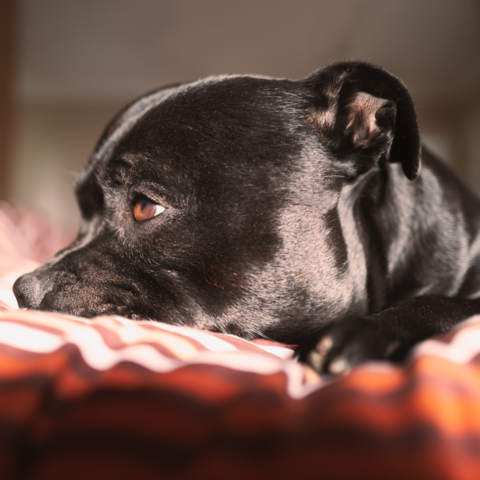We’ve all experienced itchy, dry or oily skin. Not surprisingly, dogs face similar issues with their coat and skin. In fact, most of a dog’s coat conditions are actually underlying skin conditions.
Similar to humans, a dog’s skin is their largest organ and provides many essential functions— protecting them from environmental elements like bacteria, viruses and sun damage, regulating blood flow, sweat glands and providing sensory perception such as touch, pressure, pain and temperature. The skin acts as a barrier that protects them and is a great indicator of their health, whether it’s external or internal. Dog’s skin differs from humans in that it is more alkaline, making it a perfect breeding ground for bacteria (aka skin infections) if the pH is disrupted.
Some of the most common skin problems that dogs experience are: skin allergies or dermatitis, ear infections, lumps, and skin infections. Allergies are often related to skin and ear infections. Dogs with allergies have been shown to have a defective skin barrier (think of it like having tiny holes in a brick wall). This defective barrier allows allergens—like pollen, mold, and house dust—to penetrate the skin and cause inflammation. The barrier disruption plus inflammation from allergens allows usually harmless bacteria and yeast to thrive and cause infection. The goal of frequent bathing with the right shampoo is to help restore the barrier function of the skin, remove allergens, and prevent infections.

4 Tips to Improve Your Dog’s Skin Health
- Bathe your dog regularly.
Most veterinary dermatologists recommend bathing your dog at least once a week, especially if your furry friend is prone to allergies. A weekly wash helps remove any allergens they may come in contact with.





